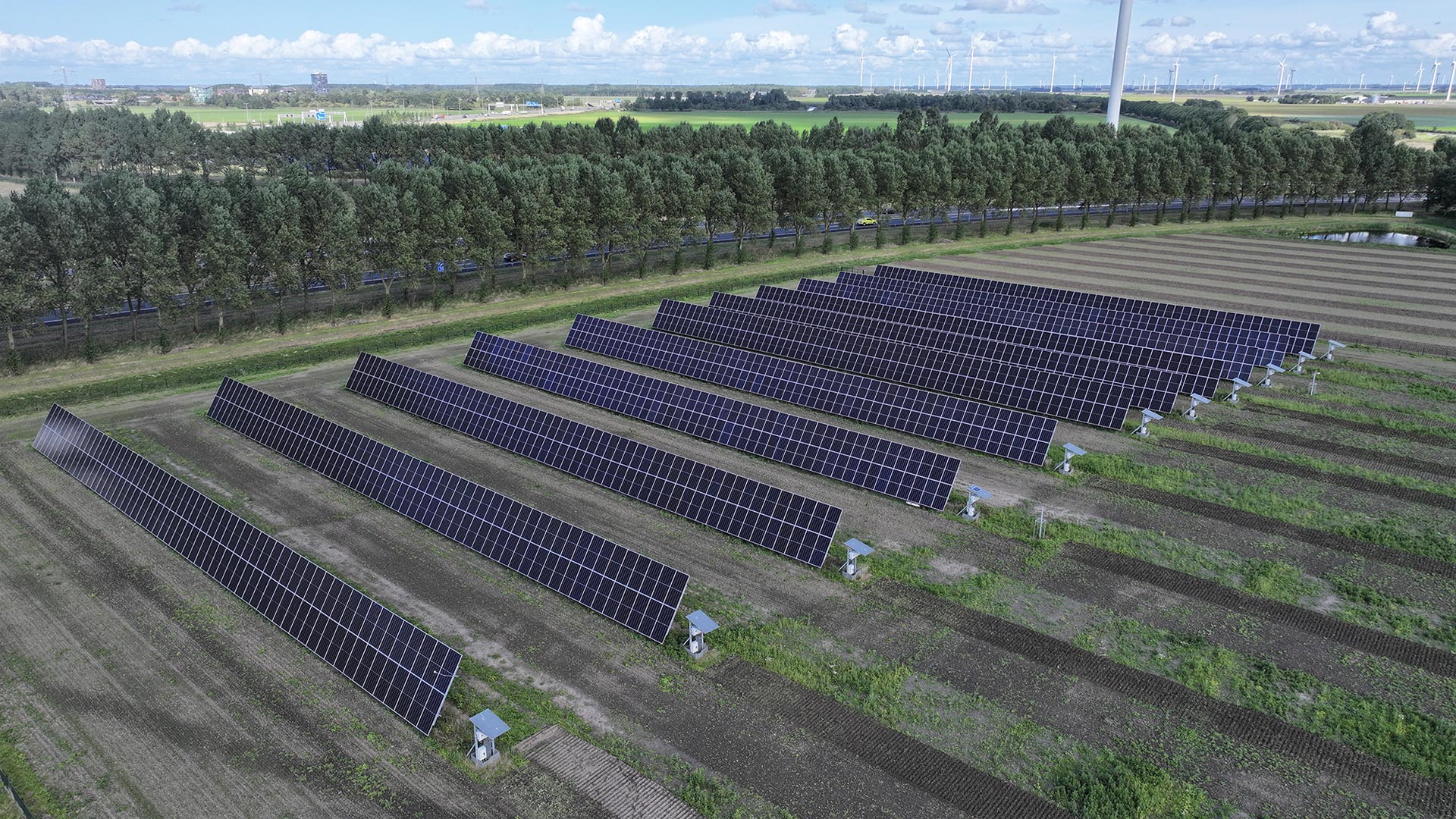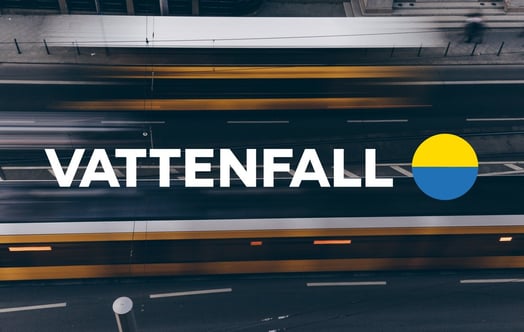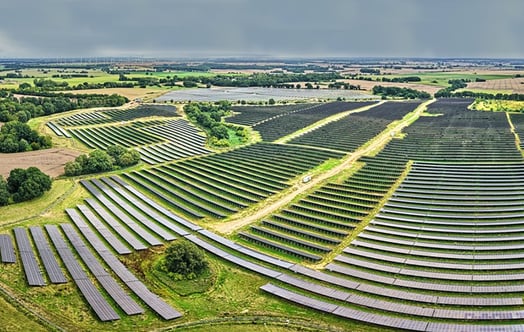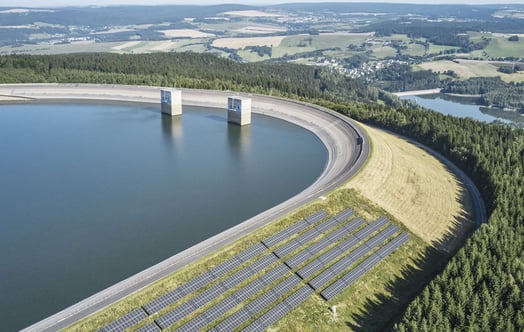
“Symbizon may be a small agri-PV park, but this is just the beginning”
With the opening of the Symbizon Agri-PV park, Vattenfall is taking the first step in the Netherlands towards combining agriculture and solar panels. Eric Tonnaer, Agri-PV Design Lead, is bringing all the lessons he has learned to new agri-PV projects.
Almost all existing solar parks in the Netherlands are monofunctional, meaning they are being used for power generation only. With demand increasing for enough land to be provided to meet various spatial requirements, the need for multifunctional land use is increasing. The Dutch Government, too, prefers land on which energy is generated to fulfil multiple functions. One way of ensuring this is the case is to combine agriculture with solar panels. This leads to the creation of agricultural photovoltaic parks, also known as agri-PV parks.
During a period of traineeship as part of his energy science programme at the University of Amsterdam, Tonnaer investigated the symbiosis between the agricultural and energy industries at Vattenfall’s Large Scale Solar. He stayed on at Vattenfall and, more than five years later, he is watching his research materialise with the opening of the Symbizon Agri-PV Park near Almere in the Flevoland province. “With an installed capacity of 0.7 Mwp, this park is quite small, but this is just the beginning.”
Symbiosis
Research shows that you can achieve higher energy efficiency if you harness the potential of multiple disciplines. With Symbizon, Vattenfall will investigate how much greater this efficiency actually will be. For example, the solar panels installed at Symbizon can rotate with the sun to make best use of available sunlight. This is necessary because there are fewer solar panels per hectare in an agri-PV park than in standard solar parks. In addition, panels can be set up almost vertically (at up to a 60-degree angle). This instantly makes arable farmers' work easier as it allows them to drive their tractors between solar panel rows. The distance between panel rows is 9 or 15 metres. “The current set-up allows us to examine how various distances affect the shadow panels cast on the crops”, says Tonnaer. Large-scale arable crops such as oats, potato, beans, onions, red beets, celery, etc. are grown between panels. Soil-covering and native vegetation will appear under panels.
Challenges
The solar panel technology had already proven its merits; it was mainly combining it with arable farming that presented us with the biggest challenge. “How do you make sure that the farmer has adjusted the GPS properly, so that it does not hit solar panels or the poles they are mounted on during work? How do you make sure that solar panels can rotate when the agricultural machine has to pass between the rows? You have to rethink it all”, says Tonnaer. “It was quite a job connecting the right people and systems and getting the whole thing working. We have made a start, but there is plenty more to learn. For example, what do you do if the system unexpectedly fails in a particular location and the land has just been sown? Do you go and repair the system right away or do you wait to do so until the crop is harvested?” He says the solution lies in making sure communication is very clear. “That is a key consideration in this project. Fortunately, we do not have to go it alone. Indeed, we are working with our partners HEMUS/ERF, Aeres University of Applied Sciences Almere, Netherlands Organisation for Applied Scientific Research (TNO) and the National Property Agency (Rijksvastgoedbedrijf).”
Learning for the future
Relying on the lessons Tonnaer learnt during Symbizon’s implementation, he was able to advise his colleagues in Germany on the construction of Tützpatz, an agri-PV park with a capacity of no less than 79 MW that will be commissioned by the end of 2024. For this particular project, agriculture was not only combined with solar panels. The Germans also got chickens on the job. They are scratching around the area, providing them with free-range eggs. “One lesson we have learned from the Symbizon project, for example, is that the structure on which solar panels rest is very different from what we have been used to until now. The panels are mounted on a single pole and can rotate vertically, whereas they have rested on two poles until now”, says Tonnaer. “We are using the knowledge from building this new structure in Tützpatz’s construction.”
Follow-up research
Tonnaer sees Symbizon as a stepping stone to much larger agri-PV projects, such as Tützpatz. “With Symbizon, we will be looking at crop quality and quantity. Vattenfall is a partner in a consortium that has submitted a funding application for SUNBIOSE 2.0, a project that will see crop research continue in the coming years. Does a potato or bean taste different when grown in an agri-PV field? Does one crop do better than another? We also want to explore ways to improve water management in fields. We may be able to upgrade the steel base on which the solar panels are mounted with more features and irrigate the land that way, for example.”
Naturally, all these new ideas are being developed with one goal in mind: to develop an optimal agri-PV project for both the farmer and Vattenfall. If a solar farm is removed after operation, Vattenfall will restore the land to its original state. “The aim is to maintain and, ideally, improve soil quality.”
Photos by Vattenfall/Sander Bel




